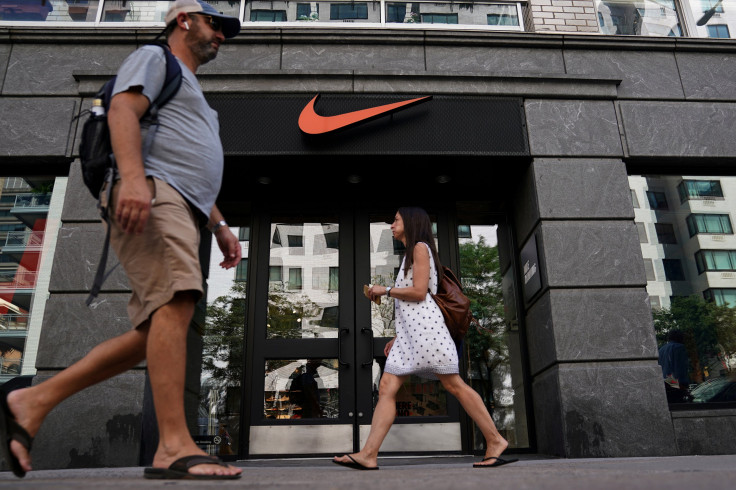Nike Is Building A Massive Digital Advantage

One of the impressive things about the performance of Nike (NYSE:NKE) in the third quarter of 2019 was the acceleration in footwear sales compared with the year-ago quarter. It's not easy for a company of Nike's size -- one that does $24 billion in footwear sales in a year -- to accelerate sales growth from 2% in the year-ago quarter to 13% in the last quarter (excluding currency changes).
During the fiscal third-quarter conference call, management credited the company's improved growth not only to innovation but also to investments in digital sales channels, including technology that is improving the company's efficiency throughout the supply chain. Management sees the digital business, which grew sales 36% year over year last quarter, emerging as one of Nike's competitive advantages.
The digital connection
Nike's digital strategy is more than just throwing up a website or rolling out an app where you can shop for Nike shoes at your leisure. The company is making its digital shopping experience a lifestyle all its own.
For example, it has been investing in its NikePlus membership program to create more personalized connections with customers. For instance, data analytics are being used to drive advanced algorithms to better reward active members and utilize demand-sensing technology, which helps keep product in supply. CEO Mark Parker said in prepared remarks, "When we offer more tailored product and experiences, we bring more value to the consumer and it opens up more opportunities to grow our business."
CFO Andy Campion elaborated on the broader thinking of Nike's digital ambitions: "Our vision is to create direct, unbreakable relationships with our consumers. And we know the most direct connection is through the mobile device they carry with them everywhere they go."
Management's push for this "unbreakable" customer relationship is evident in its SNKRS app, which allows customers to read about upcoming releases, track their favorite styles, and store payment information to make checkout easier.
Rolled out in 2015, the SNKRS app is a valuable marketing tool for the Nike brand, as it sends customers an alert when a shoe is about to launch. Shoes routinely sell out, which encourages a must-have-now mind-set among users. Last quarter, both traffic and revenue in the SNKRS app increased by triple digits.
The digital transformation
Supporting this level of personalization and the demand it creates requires significant investments on the back end of the business. In line with Nike's supply chain improvements over the last few years, the company continues to fine-tune its operations, including digital tagging and tracking of products using radio-frequency identification (RFID), which allows Nike to track products through the production process until the item is sold to the customer.
Ultimately, RFID will help Nike better match supply to demand. This, in turn, will help Nike avoid having to mark down unsold merchandise. It will achieve sell-through of more items at full price, which should contribute to higher margins.
Along with the RFID initiative, Nike is doing a better job getting materials in place faster, ready to go into production ahead of demand. A real-world example of this occurred when LeBron James moved from Cleveland to play for the Los Angeles Lakers last year. Nike was able to cut jersey lead times in half to respond to the surge in demand for his new team jersey.
Additionally, Nike recently digitized its full palette of 6,000 footwear materials, which will improve coordination across its design teams and allow Nike to respond to shifts in consumer trends more quickly.
Fundamentally, Nike is a growth company built on innovation, but it is also increasingly differentiating itself with its investments in technology. As Parker said on the recent call: "The innovation pipeline is full at Nike, and it gives us great confidence that we'll continue to win with consumers for years to come. While we view innovation as Nike's No. 1 competitive advantage, our digital transformation will create even further separation."
This article originally appeared in the Motley Fool.
John Ballard has no position in any of the stocks mentioned. The Motley Fool owns shares of and recommends Nike. The Motley Fool has a disclosure policy.




















